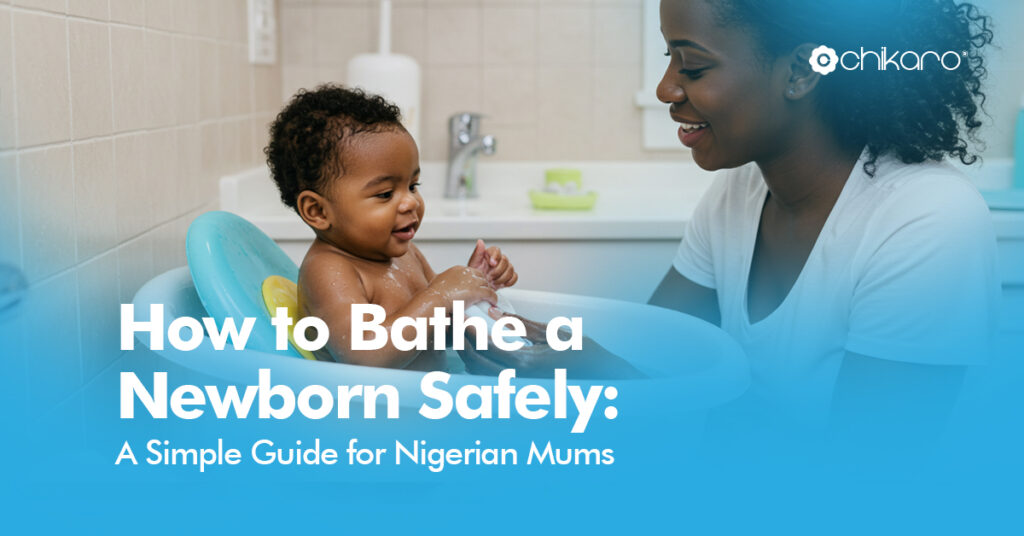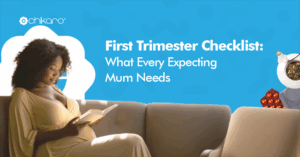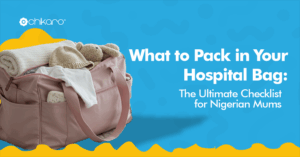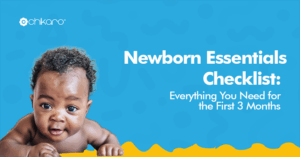Bathing a newborn for the first time can feel overwhelming. Their tiny bodies are fragile, slippery when wet, and new mums often second-guess every move: Am I holding the baby right? Is the water too hot? Did I clean well enough? These thoughts are normal. The truth is, every mum learns with time, and bath time quickly becomes one of the most bonding and soothing moments of your day.
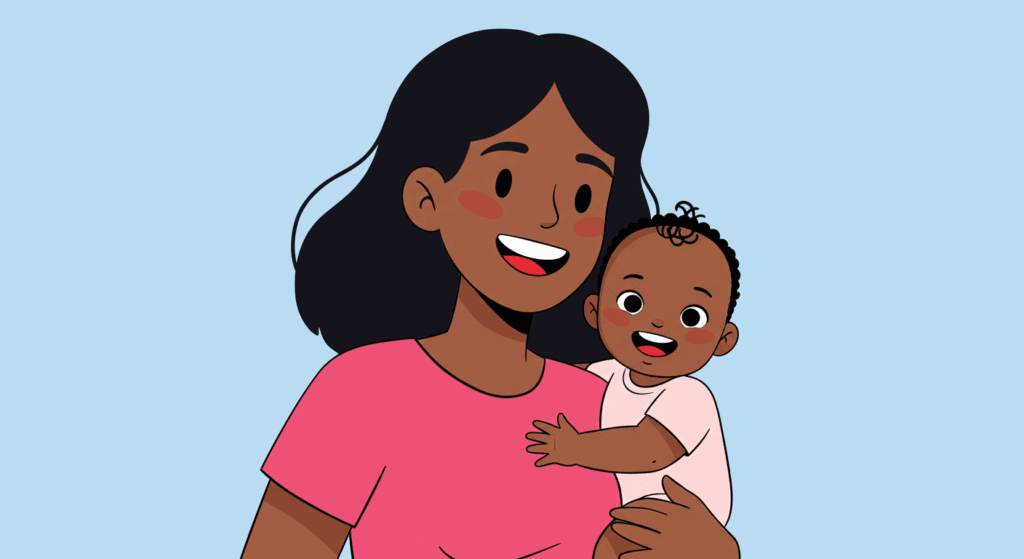
This guide will walk Nigerian mums through how to bathe a newborn safely, step by step. From preparing the environment to choosing the right products, we’ll cover everything you need to know -including practical tips for local conditions like harmattan dryness or rainy-season chills.
By the end, you’ll not only feel confident about how to bathe a newborn safely but also create a calm, joyful routine that strengthens your bond with your little one.
When Can You Start Bathing Your Newborn?
The first question many Nigerian mums ask is: When exactly should I start full baths?
- Sponge baths: You can begin sponge baths from day one. This means using a soft washcloth or cotton wool dipped in lukewarm water to gently clean your baby’s body. Sponge baths are especially important until the umbilical cord stump falls off, which usually happens within the first 1–2 weeks. Keeping the cord stump dry is part of how to bathe a newborn safely at this stage.
- Tub baths: Once the stump falls off and heals, you can start giving your baby tub baths. Even then, it’s important to follow safety steps closely. Learning how to bathe a newborn safely ensures that you avoid infections, discomfort, and unnecessary stress.
Until then, here’s how to manage sponge baths as part of how to bathe a newborn safely:
- Use a soft cloth dipped in lukewarm water.
- Clean the baby’s face, neck, arms, and folds first.
- Gently clean the diaper area last.
- Pat dry immediately and dress your baby in clean clothes.
How Often Should You Bathe a Newborn?
New mums sometimes think babies need daily baths, but the truth is different. How to bathe a newborn safely doesn’t always mean bathing every day.
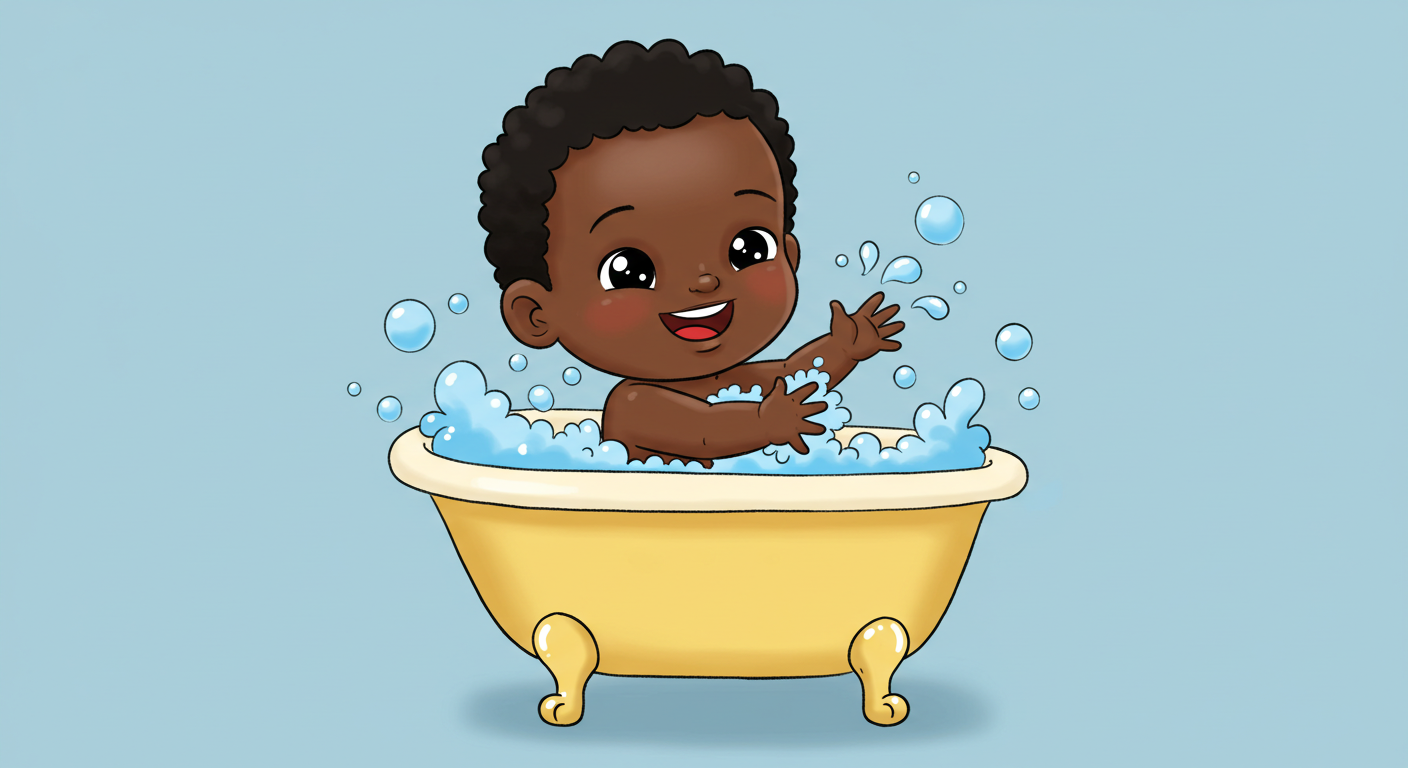
- According to Mayo Clinic, 2–3 times a week is usually enough for newborns.
- On other days, you can clean the face, hands, and diaper area with a damp washcloth.
- Daily baths may be done if your baby enjoys them, but avoid over-bathing—it can dry out sensitive newborn skin, especially during Nigeria’s harmattan season.
So, when considering how to bathe a newborn safely, remember: less is more. Focus on gentle, consistent care rather than frequent scrubbing.
Baby Bath Checklist
Preparation is key when learning how to bathe a newborn safely. Having everything you need within reach prevents panic and ensures your baby stays warm and secure.
Here’s a practical Nigerian mum-friendly baby bath checklist:
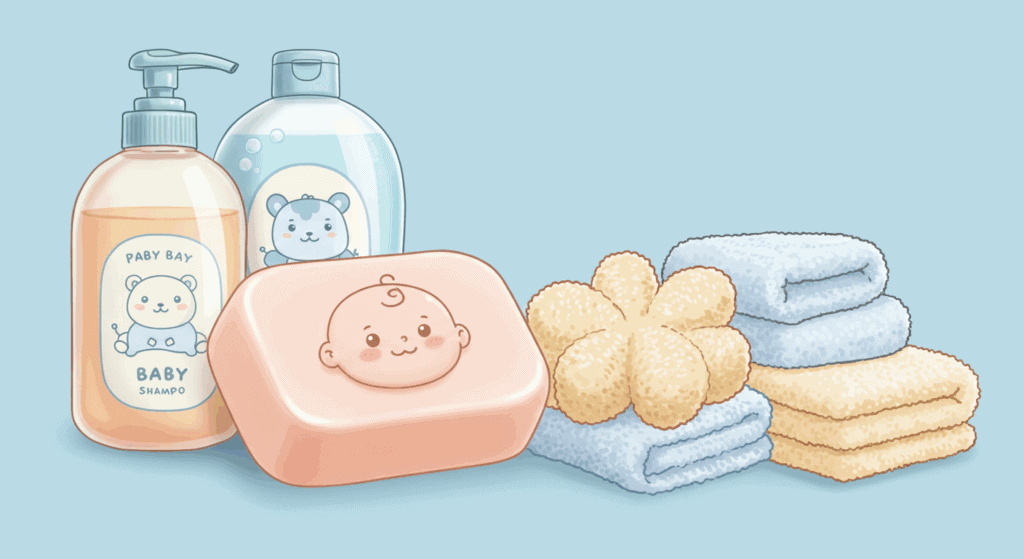
- Baby bathtub or basin (easy to clean and safe).
- Lukewarm water (around 37–38°C; test with your elbow or wrist).
- Soft washcloth or sponge.
- Mild, fragrance-free baby soap and shampoo.
- Baby towel (hooded towels work best for warmth).
- Clean diaper and outfit.
- Baby lotion or oil (optional, for moisturizing).
When you gather your checklist before starting, you’re already halfway through learning how to bathe a newborn safely.
Step-by-Step Guide: How to Bathe a Newborn Safely
Now let’s go step by step. This process can look intimidating at first, but with practice, it becomes second nature.
Step 1: Prepare the Environment
The first rule of how to bathe a newborn safely is to ensure the environment is warm, calm, and distraction-free.
- Choose a warm room with no draft.
- Spread a towel or mat where you’ll dry and dress the baby.
- Arrange all items from your checklist nearby.
- Never leave your baby unattended – not even for a second.
Step 2: Fill the Tub
- Pour just 2–3 inches of lukewarm water.
- Test with your elbow or inner wrist, it should feel warm, not hot.
- This testing method is one of the simplest tricks for how to bathe a newborn safely without relying on thermometers.
Step 3: Undress Baby and Cradle Gently
- Hold your baby with one arm supporting the head and neck.
- Guide the baby’s body into the water, feet first.
- Always maintain skin-to-skin contact with one hand to keep them secure.
- This cradle hold is one of the most essential steps in how to bathe a newborn safely.
Step 4: Gently Clean Baby
- Start with the face and neck using a washcloth (no soap).
- Clean arms, chest, back, and legs using mild baby soap.
- Clean the diaper area last.
- Rinse by cupping water in your hand – avoid pouring water directly over the baby’s face.
Step 5: Wash Hair (Optional)
- If needed, use a drop of baby shampoo.
- Gently massage scalp and rinse without splashing.
- Some babies don’t need hair washing every bath, but if you do, gentle handling is part of how to bathe a newborn safely.
Step 6: Dry and Dress
- Lift baby gently, keeping one hand under the head and neck.
- Pat dry (never rub) with a soft towel.
- Pay special attention to folds under arms, behind ears, and between thighs.
- Apply lotion or oil if desired, then dress your baby in a clean diaper and outfit.
Tips for a Stress-Free Bath Time
As you practice how to bathe a newborn safely, keep these tips in mind:
- Talk or sing to your baby during the bath to keep them calm.
- Pick a consistent bath time (evening baths often relax babies before sleep).
- Avoid harsh lighting or cold rooms.
- If you’re nervous, ask your partner, mum, or sister to assist until you’re confident.
Common Mistakes to Avoid
Even well-meaning mums can make mistakes. Understanding these helps you master how to bathe a newborn safely:
- Bathing right after feeding (wait 30–45 minutes to prevent spit-up).
- Using adult soaps or rough sponges (they irritate sensitive skin).
- Leaving baby unattended – even for a second.
- Pouring water directly on the face, which can frighten and choke a newborn.
Local Considerations for Nigerian Mums
Nigeria’s climate comes with unique challenges. Knowing how to bathe a newborn safely in different seasons makes a huge difference.
- During Harmattan:
- Air is dry, so moisturize baby after bath.
- Bathe less frequently to avoid skin dryness.
- Warm the water slightly more than usual to keep baby cozy.
- During Rainy Season:
- Dry your baby thoroughly, especially in folds, to avoid rashes.
- Keep the room warm before and after bath.
- Ensure baby’s clothes are dry and warm after bathing.
Adapting routines to the season is an important part of how to bathe a newborn safely in Nigeria.
Chikaro Recommends
At Chikaro, we support Nigerian mums with essentials that make bath time stress-free and secure. For how to bathe a newborn safely, here are a few recommendations:
- Baby tubs designed with anti-slip support.
- Mild soaps and lotions safe for newborn skin.
- Hooded towels to keep babies warm immediately after baths.
- Gentle washcloths for sponge baths and tub baths.
Final Thoughts
Bath time doesn’t have to be scary. With preparation, patience, and confidence, you’ll soon master how to bathe a newborn safely. Remember:
- Always prepare your bath space in advance.
- Keep the water warm but not hot.
- Support your baby’s head and neck at all times.
- Clean gently, dry thoroughly, and dress in warm clothes.
As a Nigerian mum, you’ll discover that bath time can become a peaceful ritual, a moment of connection between you and your baby. With these tips and reminders, you’ll not only know how to bathe a newborn safely but also turn it into one of the most joyful parts of your day.

